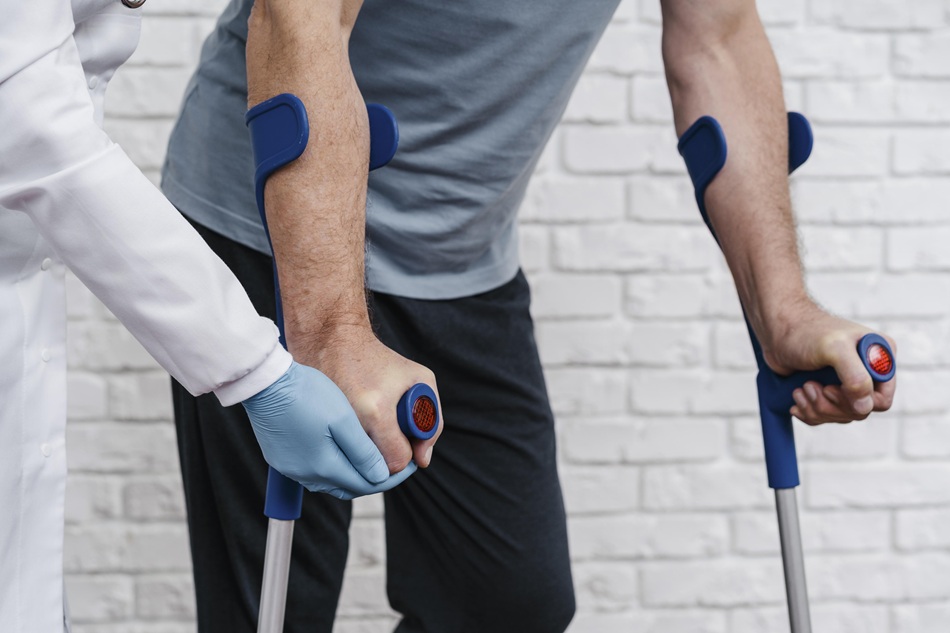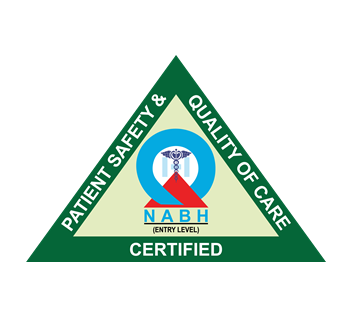
Recovery After Total Knee Replacement: What to Expect & Tips for Faster Healing
Total Knee Replacement Recovery
Total Knee Replacement (TKR), or simply knee arthroplasty, is one of the most commonly done surgeries to relieve pain and improve function among patients suffering from osteoarthritis or severe knee injuries. Although the surgery itself is highly successful, the recovery process is just as important as it can greatly affect the overall result. Knowing what to expect during recovery and how to follow critical steps makes healing much simpler and improves overall quality of life.
In this detailed article, we will focus on what happens in recovery, how to deal with pain and some expert advice to ensure a smoother and faster healing process.
What to Expect After Total Knee Replacement Surgery
Immediate Post-Surgery Phase (0-2 weeks)
The first two weeks after surgery involve a lot of pain control along with infection control and mobility improvement.
Hospital Stay
The average hospital stay after surgery is 2 days in most cases, but it can range between 1 and 3 days, depending on the patient’s health and the complexity of the surgery. Doctors will monitor the patient’s vital signs, pain levels, and any signs of complications.
- Pain Management: Pain can be relieved with medication such as opioids, anti-inflammatory drugs, and ice packs.
- Physical Therapy Begins: Therapy starts within 24 hours with light exercises to improve circulation and prevent blood clots.
- Assistive Devices: Walkers or crutches may be used for mobility.
- Wound Care: The incision site must be kept clean and dry.
Early Recovery Phase (2-6 Weeks)
During this stage, the patient focuses on maximizing mobility and muscle strength.
- Physical Therapy Sessions: Exercises will involve knee bends, raising legs, and gentle stretching.
- Swelling Management: Elevating legs, using ice packs, and wearing compression stockings can help.
- Walking and Daily Activities: Patients gradually walk longer distances and perform light household chores.
Mid-Term Recovery Phase (6–12 Weeks)
Most patients at this point are mobile and pain-free.
- Increased Mobility: Patients start walking without aid and doing basic tasks.
- Strengthening Exercises: Activities like swimming, cycling, and yoga are recommended.
- Return to Work: Depending on the job type, patients may return to work between 6-8 weeks.
Long-Term Recovery Phase (3–6 Months & Beyond)
The knee gains full strength and functional capabilities.
- Exercise Routine: Daily stretching, swimming, and brisk walking help retain flexibility.
- Lifestyle Adjustments: Avoid high-impact activities like running.
- Weight Management: Maintaining a healthy weight reduces strain on the knee.
Tips for Faster Healing After Total Knee Replacement
- Follow your doctor’s instructions.
- Stay active but avoid overexertion.
- Eat a balanced diet rich in protein, calcium, and vitamin D.
- Stay hydrated.
- Use ice packs and elevate the leg to reduce swelling.
- Use assistive devices until approved by the therapist.
General Obstacles Experienced During Recovery
- Stiffness: Regular stretching and therapy can help.
- Swelling: Ice packs and leg elevation ease swelling.
- Pain Flare-ups: Consult a doctor if pain becomes severe.
When to Call Your Doctor
- Continuous redness or inflammation near the surgical cut.
- Fever above 101°F (38.3°C).
- Unmanageable pain.
- Signs of infection such as pus or foul odor.
- Chest pain or difficulty breathing (possible blood clots).
Conclusion
Recovering from total knee replacement surgery requires patience, effort, and a positive attitude. Following medical advice and maintaining a healthy lifestyle can make a significant difference in recovery time.


